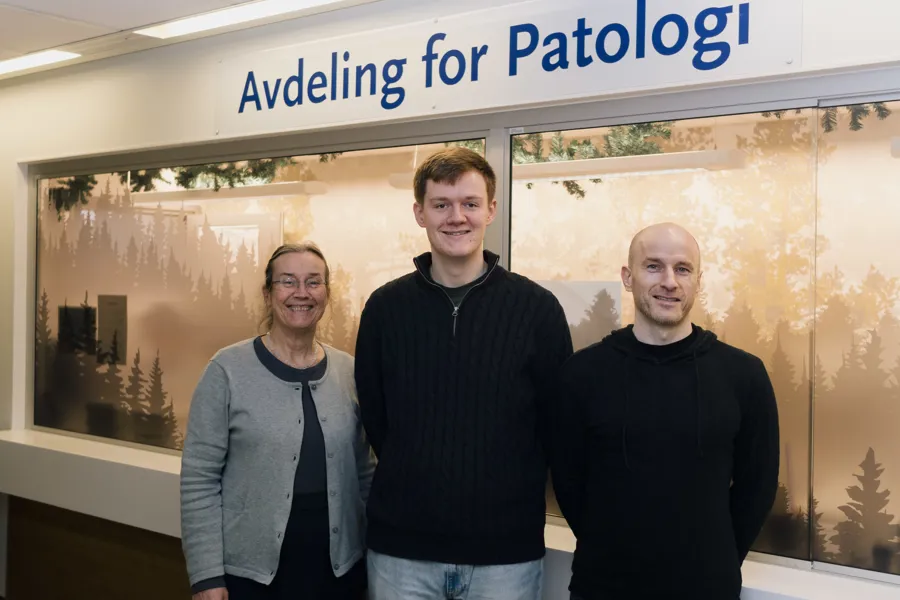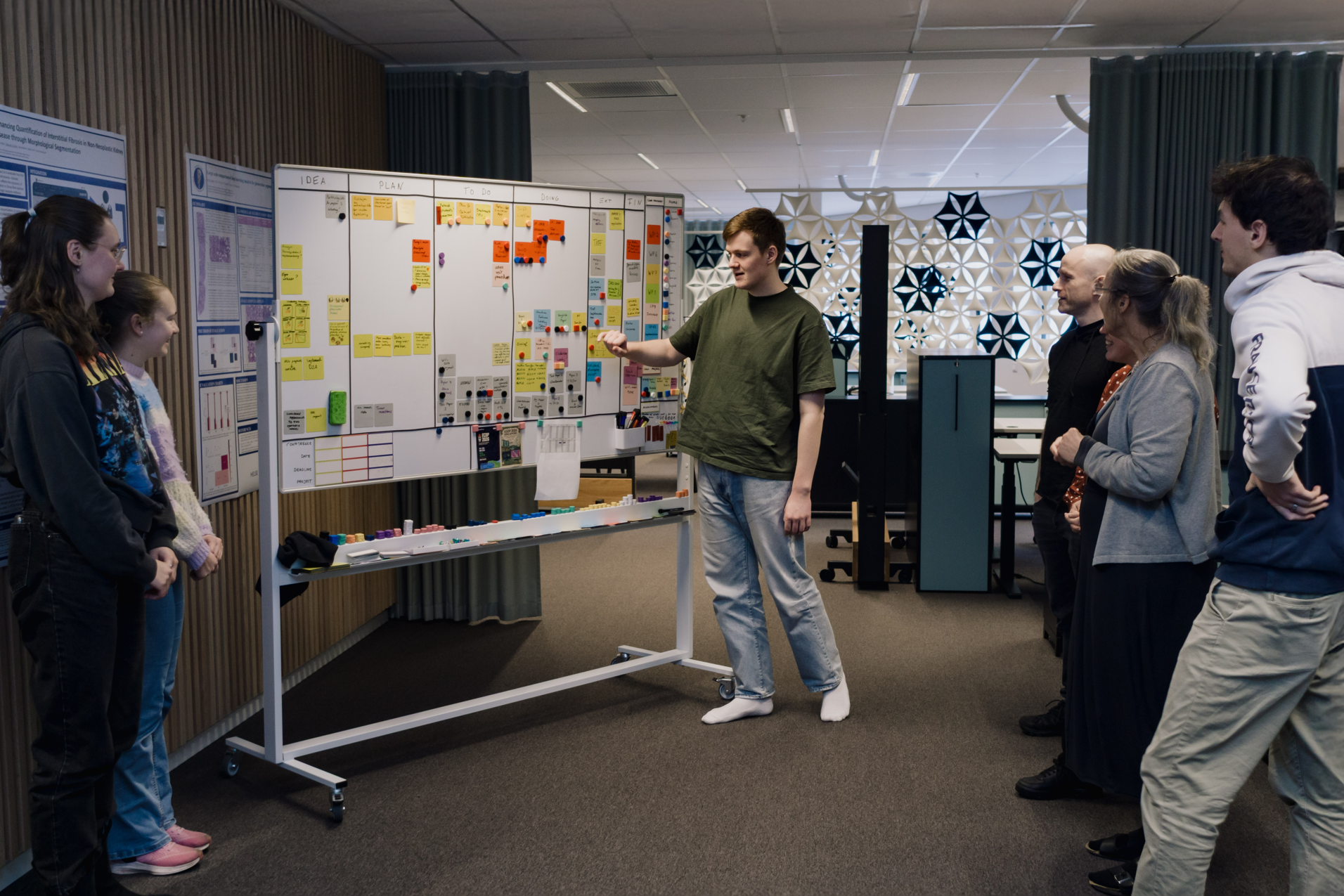Haakon begins his master’s thesis in computational pathology: Deep learning for classification of renal tubules
Haakon Alexander Flink is enrolled in the integrated master’s programme in medical technology at the University of Bergen (medisinsk teknologi). He is currently working on his master’s thesis at PiV

Hi! My name is Haakon and I’m an integrated master’s student in medical technology at the University of Bergen. I am currently writing my master’s thesis at the Department of Pathology, Haukeland University Hospital. My project focuses on using artificial intelligence to improve the diagnosis of kidney diseases, specifically by developing deep learning models that classify histological images of renal tubules into different lesion categories. The aim is to assist pathologists by making the evaluation process more efficient and consistent.
Since starting my work at Patologi i Vest (PiV), I have learned a lot about the medical and technical processes involved in producing kidney biopsy images. This knowledge has proven valuable when preparing datasets and selecting data preprocessing strategies such as data augmentation. I was also fortunate to present a poster about my project at this year’s PRESIMAL Research School, showcasing results from a pilot model trained, validated, and tested on 809 image patches. This model achieved an accuracy of 83.6% and an F1 score of 0.812. These are promising results that demonstrate the potential of a final, fully developed model. I plan to explore additional models and preprocessing approaches, and to expand the dataset to create an even more powerful model.

This is just the beginning. There are many exciting methods yet to be explored, and I look forward to continuing the work towards a robust model that can meaningfully support pathologists in their daily workflow.